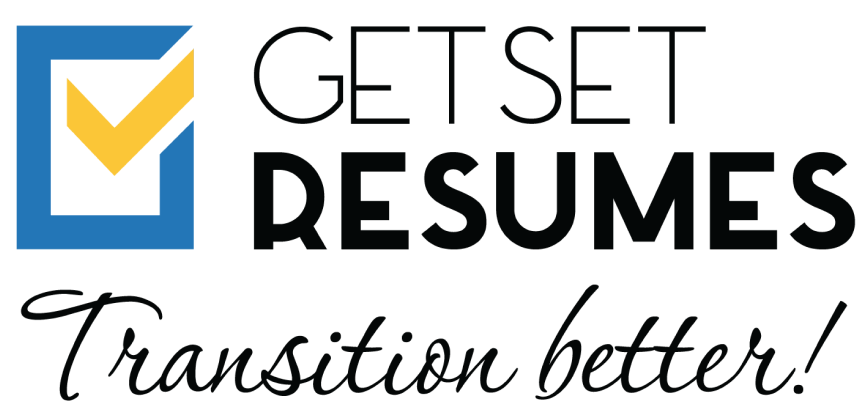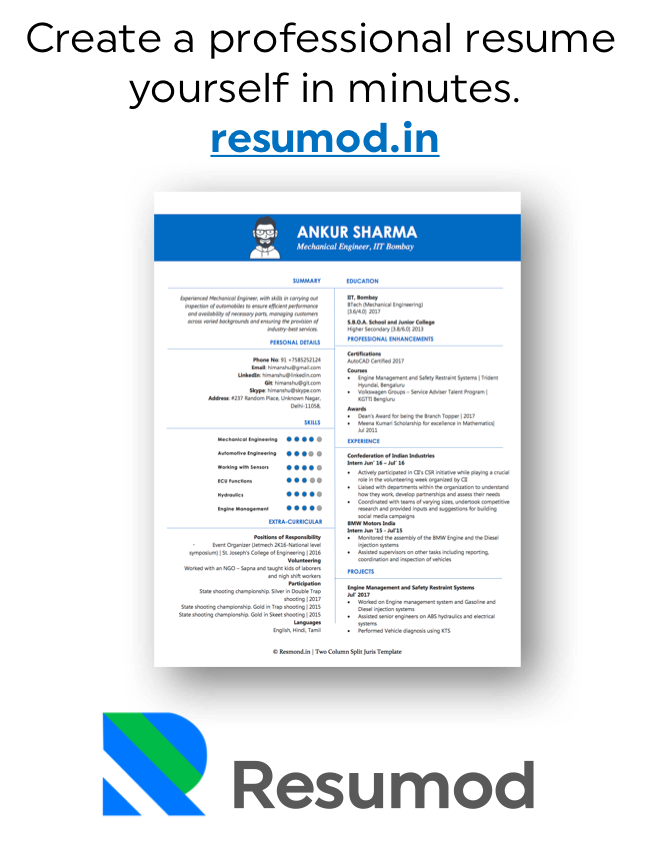Ever wondered how people from different time zones can work together smoothly? All thanks to asynchronous communication. It lets you collaborate without needing to be online at the same time, making work more flexible and productive. This means people don’t need to talk simultaneously to communicate. Instead, they can send messages or emails and get replies later.
Despite many benefits, there are also challenges in this type of communication. Let’s understand what asynchronous communication is, its benefits and challenges and how businesses can overcome them by using best practices.
Understanding Asynchronous Communication
Asynchronous communication is a method where people don’t need to interact in real-time to communicate effectively. Instead, they can send messages, and emails, or leave comments, and the recipient can respond whenever convenient. Examples include email, messaging apps like WhatsApp or Slack, and collaborative tools like Google Docs or Trello.
For global teams, asynchronous communication is a game-changer. It allows team members to work together on the same project effectively regardless of time zone differences. Imagine you’re in India, working on a project during the day, but your teammate in the US is peacefully sleeping. With asynchronous communication, that’s okay! This way of working lets everyone contribute whenever it works best for them, no matter the time zone. It’s a win-win: you get more done without waiting for others, and everyone feels included because they can work at their own pace.
Challenges of Asynchronous Communication
The global workplace thrives on asynchronous communication, but it has its challenges. For instance, picture this: you need a quick decision, but your teammate is in a different time zone, leaving you in a holding pattern. Or maybe the constant notification of emails feels like a never-ending game of catch. Building trust and bonding can be trickier without face-to-face interactions. Plus, cultural misunderstandings can pop up when written communication styles differ. Brainstorming sessions can also feel flat without the energy of bouncing ideas back and forth in real time. Don’t forget the occasional technical glitch, security concerns, or that sinking feeling when a task gets lost in the shuffle because expectations are unclear. Despite these challenges, strong communication tools and clear expectations can help bridge the gap and ace the art of asynchronous communication.
Strategies to Master the Art of Asynchronous Communication
The rise of remote work means connecting with colleagues often happens through emails and chats. But with teammates in different time zones and cultures, clear communication becomes important.
Here’s how you can avoid misunderstandings and delays when communicating asynchronously:
- Select the appropriate communication tool based on your needs. Use emails for updates, reports, or complex discussions, while chats are better suited for quick questions. Establish clear communication channels within your team, such as specific folders for project documents or designated channels for announcements. This organization ensures everyone knows where to find information, saving time and reducing confusion.
- Craft subject lines that are clear, concise, and informative to provide recipients with a good idea of the email’s content. Set the context of your message at the beginning to help teammates understand its purpose. Break down complex information into easily understandable points. Set realistic expectations for response times, considering time zone differences, and clearly indicate urgency if needed.
- Utilize documentation tools like shared spreadsheets or project management platforms to ensure everyone stays informed and on the same page. Respect your teammates’ personal time by refraining from expecting instant replies outside of work hours. Leverage collaboration tools such as project management boards and shared calendars to streamline communication and keep everyone updated on progress. Encourage feedback on your communication style to improve effectiveness, and seek training and support resources available within your company to further enhance your communication skills. These practices will help you excel in global projects, fostering stronger communication and collaboration within your team.
Overcome Time Zone Challenges
Implement flexible work schedules to accommodate employees in different time zones, allowing them to work when they are most productive. Rotate meeting times to ensure inclusivity and allow everyone to participate, regardless of their location. Utilize asynchronous tools for collaboration, such as shared documents and messaging platforms, enabling team members to work together without needing to be online simultaneously.
Bridge Cultural Differences
Understanding cultural communication norms means knowing how different cultures communicate and respecting their ways. Giving cultural sensitivity training helps people learn about these norms, so they can interact respectfully with others from different cultures. It’s about being kind and understanding, which helps in building better relationships across cultures.
Case Studies and Examples
There are many success stories of companies that excel in asynchronous communication. For instance, GitLab, a global tech company, has embraced asynchronous workflows, enabling its diverse team to collaborate effectively across time zones.
Similarly, Automattic, the company behind WordPress, operates with a fully remote workforce, leveraging asynchronous communication to foster productivity and innovation. These companies demonstrate that embracing asynchronous communication can lead to enhanced teamwork, flexibility, and ultimately, business success.
Future Trends and Technologies
The world of asynchronous communication is constantly evolving with exciting advancements. New translation tools powered by artificial intelligence promise seamless communication across languages. You might even see virtual reality create immersive shared workspaces, fostering a sense of “presence” even when working remotely.
Conclusion
By embracing asynchronous communication and its associated best practices, you open up many opportunities in your global workplace. You’ll see higher productivity, better inclusion, and a more collaborative atmosphere. But remember, getting good at this takes time and effort. Stay open to learning, trying new things, and finding what works best for your team.
With a commitment to clear communication and respect for diverse cultural styles, you can build a truly global team that thrives, regardless of time zone or physical location. So, the next time you have a brilliant idea at 3 AM, don’t hesitate to share it – asynchronous communication ensures your work keeps moving forward, creating a truly connected and successful global team.






